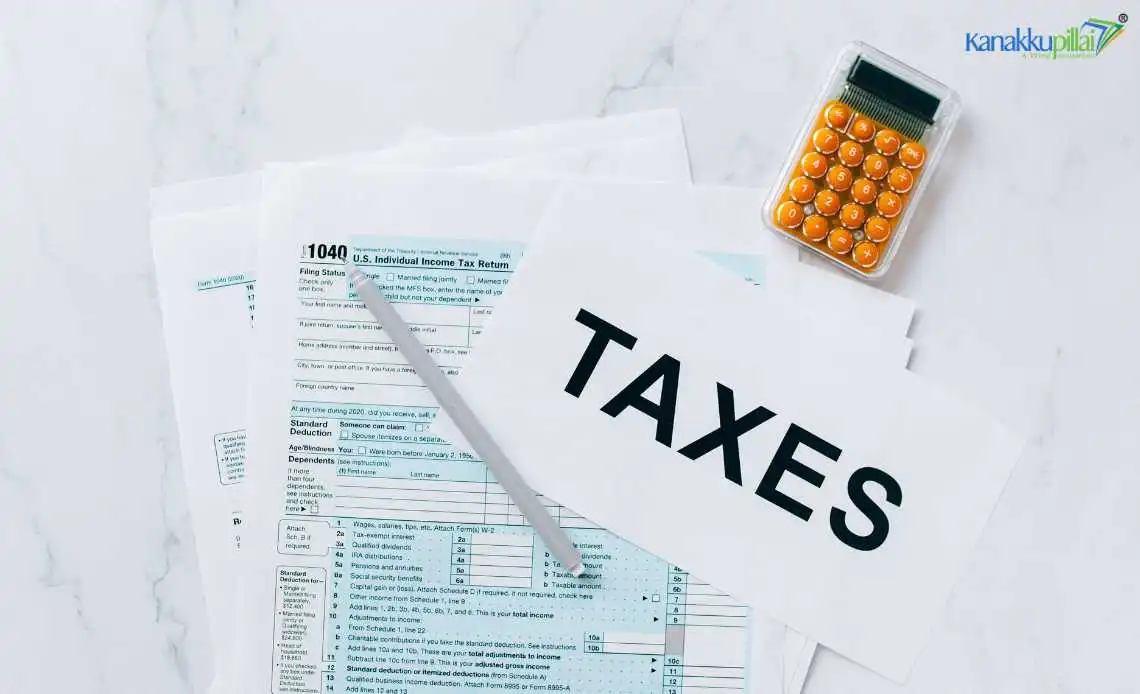Pushing the economy to the upper note compared with the Asian pals, showing no exemptions, makes the Indian market highly competitive.
Markets have increased their standard following the government’s bold amendment to cut down the business tax rate for local firms from 22% to 30% and reduce it to 15% or even lower for the new production firms, which now begin to incorporate on or after 1st October 2019. The rate is comparably low for Asian peers and sans any exemptions. It will make the bigger Indian firms more competitive, leave them with more cash for investment and expansion, and influence them to stay in India.
There were severe controversies over structural problems in the Indian economy. The direct tax reform helped many industries improve their pricing on a medium level. The stock market’s sentiments are far more supportive. The effective tax rate includes the allowance on the distribution tax for big companies as of now, and it is higher than 48%. It will drop to around 40%, and that’s a relief.
The minimum alternate tax (MAT) was reduced and started in 1996-9, bringing the zero tax firms below the net, which were introduced.
The additional slashes include total effective tax rate at present is 25.17% and this firms pay a statutory corporate tax of 22%. Ideally, the slashed charges such as additional charges are dropped, but the core concept of protection is to increase its revenues. Additional charges, the starts from the Center, scrapped at the same time.
Reach Kanakkupillai for Hassle-Free Tax Filings Online in India
Exemptions will go to any company that settles for the lower corporate tax rate. This makes eminent sense, given that exemptions are a drag on the exchequer and distort the tax system. Clearing up the thicket of concessions will also level the taxation playing field between large and small companies.
The new firms show an effective tax rate with the same warning and don’t avail of any exemptions. It is around 17.01%, which brings everything to the same level as Singapore. The key motive is to increase manufacturing output. At the same time, every person needs to show the implementation workout. Business options have shown to pay the existing tax rate when shown exemptions continue.
Capital is reduced with its tax gains, which are listed under similar terms, making it more appealing for individual firm owners, local trusts, and HuF to invest in the stock market to counter capital outflows.
Heavy revenue failure in loss mode was encountered, and the loss was estimated to be around Rs 1,45,000 crore, which is a slight loss. The goods and services tax, which will neutralize in the long term, will increase the tax base for business tax as the companies move from the indirect tax net and proclaim their production extent. The collections are improved with a larger base coupled with lower rates.





